Most of the people visiting Bandhavgarh have no inclination of history that was carved in stone here. The fort and statues of Lord Vishnu besides many structures originally built by the Gonds were subject to additions by subsequent dynasties the came to rule here.

All across the forests on the mountains tops and slopes you will find structures like courts, horse stables, caves and rooms and of course you will see stone wall encricling the mountain Bandhavgarh, it is home to the fort, shesh shaiyya and the zoomorphic idols of Lord Vishnu. Another striking feature of the place is twelve manmade impressivly large reservoirs.
Unfortunately the fort is out of bound for tourists as the tourism area has been curbed. But the safari jeep can still climb upto Sesh Shaiyya which is a twenty feet reclining statue of Lord Vishnu. From here you can get a good view of the forests and the little twisting revulets that originate in the mountain.

Charanganga the life line of the park along with other rivultes emerges from Bandhavgarh mountain at 800 MSL. It twines around the mountain, forests and marshy meadows to create a picturesque spectacle. Incidentally the Tala Zone where this river flows is one of the most scenic besides offering good view of the steep cliffs and the sun that sets and rise to create a mesmerizing grandeur.

The Tala one is a prime tiger habitat with plenty of breeding females and dominent males each gaurding his territory. A number of deer species can be sighted on jeep safari including the antelope Nilgai. Bisons are making a recovery after having been transported from neighbouring Kanha National Park.

With luck you can see the elusive leopard or the sloth bear. Wild dogs make a frequent appearance and they are a challenge to the tiger. Birds are plentiful and this National Park is a birders paradise.
The park is divided into zones for tourism and all the zones are rewarding as far as wildlife watching is concerned. But for exotic sight of forests and human civilization a visit to Tala is a must.

If you ever visit this enchanting destination take an all round tour. Though confined to small area Bandhavgarh National Park offers best tiger sightings. The whole tiger reserve is large contained in an area of more than eleven hundred square kilometres.
You can drive down to this magical kingdom from Khajuraho Temples or from Kanha Tiger Reserve. Those who wish to reach straight can fly down to Jabalpur Airport from New Delhi the capital city of India.









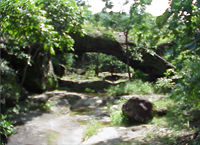

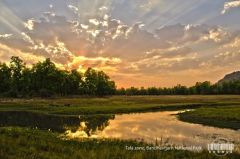



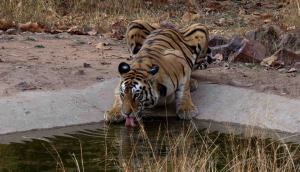





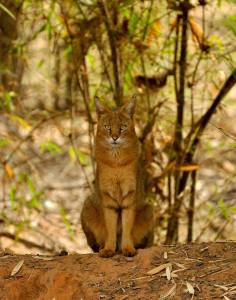



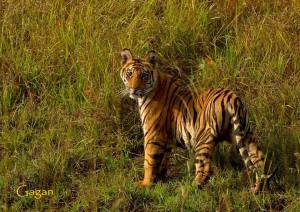


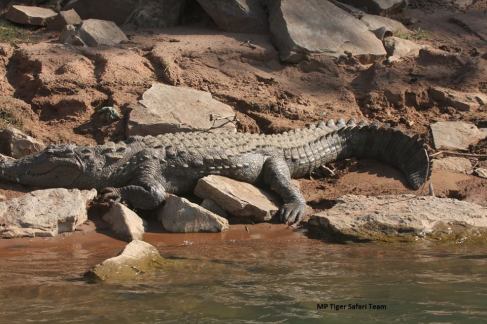








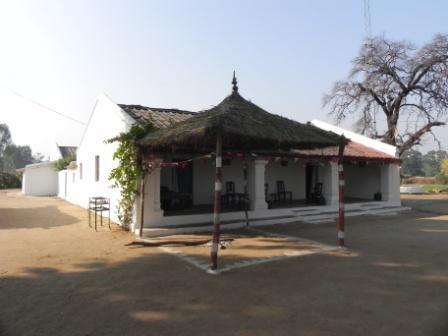

 Muchmucha Lodge is situated about 47 km from Bandhavgarh National Park. It is one of the finest birding destination and ideal for animal watching. The Lodge is an Indian Style Kothi built in 1935.
Muchmucha Lodge is situated about 47 km from Bandhavgarh National Park. It is one of the finest birding destination and ideal for animal watching. The Lodge is an Indian Style Kothi built in 1935. 



